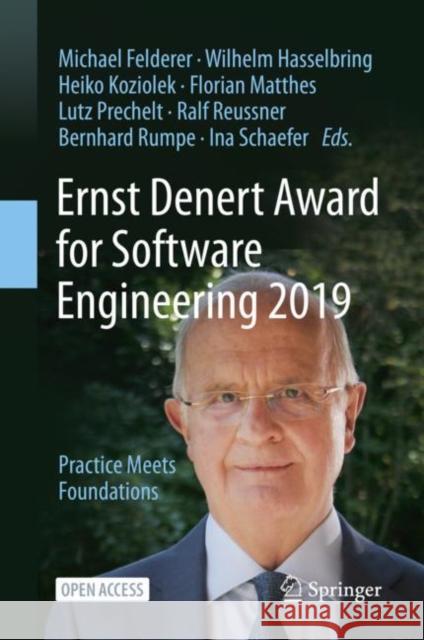Ernst Denert Award for Software Engineering 2019: Practice Meets Foundations » książka
topmenu
Ernst Denert Award for Software Engineering 2019: Practice Meets Foundations
ISBN-13: 9783030586164 / Angielski / Twarda / 2020 / 140 str.
Ernst Denert Award for Software Engineering 2019: Practice Meets Foundations
ISBN-13: 9783030586164 / Angielski / Twarda / 2020 / 140 str.
cena 201,72 zł
(netto: 192,11 VAT: 5%)
Najniższa cena z 30 dni: 192,74 zł
(netto: 192,11 VAT: 5%)
Najniższa cena z 30 dni: 192,74 zł
Termin realizacji zamówienia:
ok. 22 dni roboczych
Bez gwarancji dostawy przed świętami
ok. 22 dni roboczych
Bez gwarancji dostawy przed świętami
Darmowa dostawa!
Kategorie:
Kategorie BISAC:
Wydawca:
Springer
Język:
Angielski
ISBN-13:
9783030586164
Rok wydania:
2020
Wydanie:
2020
Ilość stron:
140
Waga:
0.38 kg
Wymiary:
23.39 x 15.6 x 0.97
Oprawa:
Twarda
Wolumenów:
01
Dodatkowe informacje:
Wydanie ilustrowane











